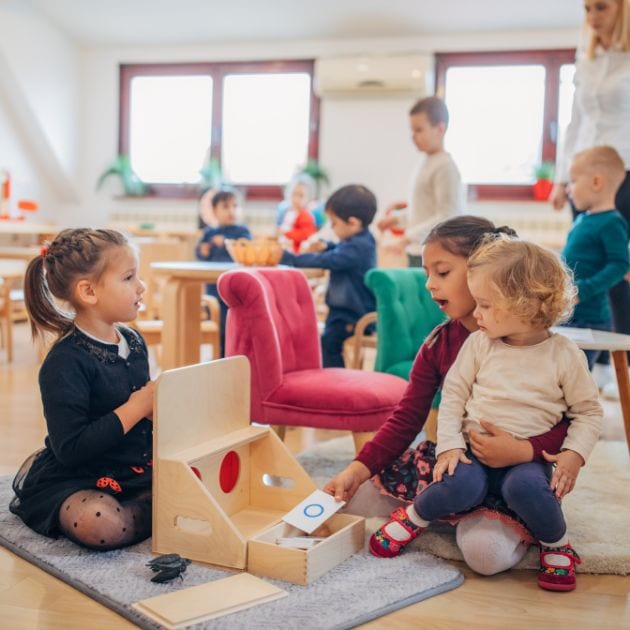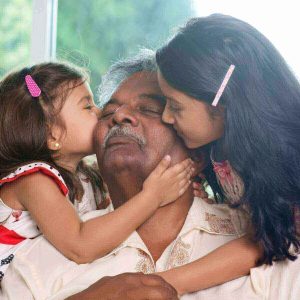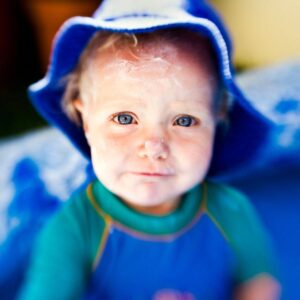Choosing the right preschool or kindergarten for your little one can often feel like a life-or-death decision. Is the school safe and loving? Is the teacher qualified? Does it meet my child’s needs while pushing them to grow? It’s a big deal!
Today we’re spotlighting three of the most popular preschool programs in the U.S. – Montessori, Waldorf, and Reggio Emilia. These programs tick all the boxes for modern parents seeking a supportive, child-centered preschool.
We’ll dive into the many similarities as well as the differences between each school, equipping you with the knowledge you need to find the right fit for your child.
As a mother and researcher, learning about learning is my jam! I’m excited to share more about these incredible philosophies with you. Let’s go!

This site contains affiliate links, meaning that we earn a small commission for purchases made through our site. We only recommend products we personally use, love, or have thoroughly vetted.
- What Are Montessori, Waldorf, And Reggio Emilia?
- Comparing Progressive Schools To Traditional Schools – Are They So Different?
- What Do All Three Educational Philosophies Have In Common?
- What Features Are Unique to Each Philosophy?
- What Features Are Unique to Montessori?
- What Features Are Unique to Waldorf?
- What Features Are Unique to Reggio-Emilia?
- So… Will It Be Montessori, Waldorf, Or Reggio Emilia? Maybe Something Else Entirely?
What Are Montessori, Waldorf, And Reggio Emilia?
Montessori, Waldorf, and Reggio Emilia represent the most popular non-traditional educational philosophies within the sphere of early childhood development. (Think infant care through kindergarten).
An educational philosophy describes certain beliefs around education such as its value and purpose, its implementation, and even how education fits into society as a whole.
Educators consider Montessori, Waldorf, and Reggio Emilia progressive educational philosophies. Originally developed in Europe and inspired by pioneers of the New Education movement, these philosophies include an unusual amount of focus on developing the character and social skills of a child.
Academic work and rote memorization take a back seat to developing a young person who functions well within a community or culture.
Now let’s take a look at how these philosophies function in a school setting.
Comparing Progressive Schools To Traditional Schools – Are They So Different?
A traditional school system (i.e. public schools, many preschools, and private schools) involves structured, hierarchical environments where a teacher determines the topic and how to deliver the information to students.
Within a traditional setting, many educators alter their academic planning throughout the year to reflect their students’ learning styles, but with strict curriculum requirements, there is a limit to their flexibility.
Progressive schools flip the traditional model on its head. A child’s interests, developmental goals, and individual learning styles inform and create the academic plan for progressive educators.
Class sizes in progressive schools are often smaller to permit a higher level of individual attention. But be warned: smaller student-to-teacher ratios and specialized materials typically involve a heftier price tag for parents.
Children thrive in both traditional and progressive school settings, and while I’m a huge supporter of progressive education, I was in traditional schools my entire life and learned a ton!
What Do All Three Educational Philosophies Have In Common?
You might be wondering what these three progressive educational philosophies have in common. The short answer – a lot!
Progressive schools such as Montessori, Waldorf, and Reggio Emilia operate using similar foundational principles, including:
- Egalitarianism (Their methods are beneficial to all genders and socioeconomic classes)
- Emphasis on the natural world and the use of natural materials
- Child-led learning
- Mixed-age classrooms
- Interdependencies (The teacher, the child, families, and the environment work in harmony)
- Buy-in to the philosophy of the school recommended (or even required) for parents
Despite their many similarities, each philosophy approaches child-led learning in distinct ways. If given the choice between them, consider your child’s disposition and learning style when selecting the best school for your family.
What Features Are Unique to Each Philosophy?
Each educational philosophy builds upon a rich history of pioneering child development research.
We’ll barely scratch the surface of their differences in this article, but I’ve included enough information to prepare prospective families planning to visit a progressive preschool or primary school for the first time.
In addition, keep in mind that modern ideas and emerging research naturally influence how Montessori, Waldorf, and Reggio-Emilia schools look in practice today.
How strictly each school adheres to a given educational model will depend on that school’s individual culture and values.
Plenty of schools (like my son’s) borrow ideas from one or more of these philosophies without using the labels “Montessori” or “Waldorf”. Don’t be afraid to expand your school search to other self-directed or child-led programs!
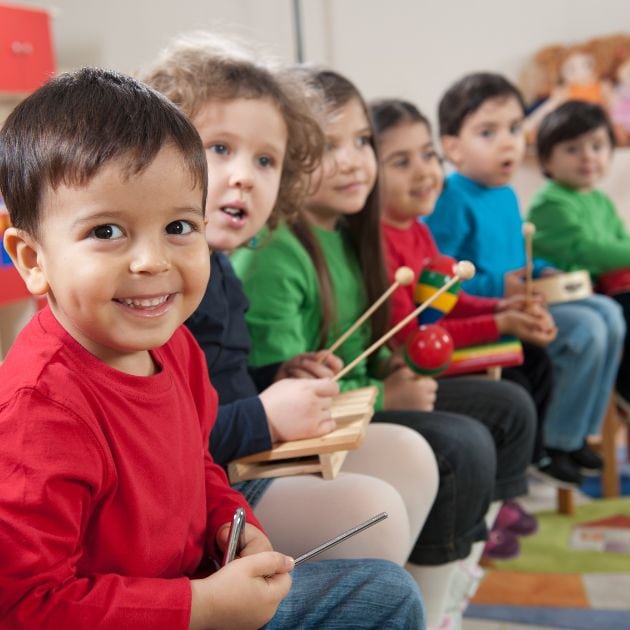
What Features Are Unique to Montessori?
Through years of scientific observation, founder Dr. Maria Montessori determined that children enter four planes or periods of development before reaching young adulthood at age 24.
The Montessori method utilizes these planes to understand a child’s learning style, interests, personal goals, physiological and psychological needs, and so much more.
(I refer to these planes of development all the time as a parent! They’re a great resource).
In classrooms, teachers (also known as guides) use systematic observations in the style of Dr. Montessori to uncover subtle clues about a child’s inner thoughts, needs, and motivations. The teacher takes this knowledge and applies it to their class plans and activities.
Long periods of focused free play precede periods of rest and recovery. Students concentrate on improving their skills with important everyday tasks like using a zipper or wiping a table.
Montessori classrooms evoke a sense of order and calm. Montessori schools strive for beauty and minimalism in their decor, which serves to invite a child to play, promote quiet focus, and permit independent movement.
Is Montessori A Good Fit For Your Child?
A Montessori education offers structure and sequence as well as time-tested curriculums. Children attend Montessori programs through high school even in the United States.
In addition, classroom activities lean towards close-ended work with clearly defined endpoints that are easily assessed. In this way, Montessori schools are not a huge leap for families accustomed to the traditional school system.
Due to its popularity, Montessori parents also enjoy a wealth of free, high-quality online resources (see our articles on Montessori Reading, Montessori Potty Training, and more!)
One of the great things about the Montessori method is that parents can also locate these materials as well as established communities of Montessori parents and more options for schools.
Traditional Montessori programs can prove challenging for children preferring group work, kinesthetic learning, or project-based learning. Montessori students complete work on a floor mat while sitting or at a small table and much of their work is individual.
Strict adherence to the original Montessori method is rare, so if your child is a wiggle worm or a social butterfly like mine, talk with the school’s director to find out more.
What Features Are Unique to Waldorf?
Waldorf education (founded by Rudolf Steiner) is based on the belief that children nurtured in a loving environment with compassionate and prepared adults become peaceful, community-minded members of society. Makes sense to me!
Like Dr. Montessori, Mr. Steiner believed children experience cycles of growth now described in modern Waldorf classes as hands, heart, and head. Based on these growth cycles, young children do not start any “academic” learning, including reading and writing, until they are 7 years old.
Instead, the first seven years encourage whole-body learning where all of a child’s available senses activate.
All Waldorf classrooms include a rhythm of the day, a daily schedule guided by the seasons, and the needs of the students. Pretend play, crafting, plenty of time outdoors, and oral storytelling are central components of the daily rhythm.
While all three educational philosophies promote the use of natural materials, Waldorf takes it to another level. Visiting a Waldorf classroom feels like stepping back in time before the era of plastic toys or electronic devices.
Is Waldorf A Good Fit For Your Child?
Providing a Waldorf education for your child is a way of life.
Don’t be surprised if the school sends home a list of recommendations on how to carry Waldorf into the home, including severely limiting or eliminating screen time for any student under 7 years old. Waldorf schools also tend to develop a close-knit community of like-minded parents.
Children with developmental delays or unique educational needs benefit from the structure of Waldorf classrooms where children are grouped by developmental skill rather than by age. The experiential, sensory-heavy, and gently paced activities suit children with higher sensory needs, too.
Like in Montessori, the Waldorf curriculum covers students from preschool all the way to high school. Literature, math, science, and history are eventually covered as part of the curriculum for older children.
Finally, The Waldorf curriculum derived many of its ideas from a spiritual science developed by Rudolf Steiner. This may or may not clash with your family’s own spiritual ideas and practices, so it’s worth researching and discussing with the school’s director.
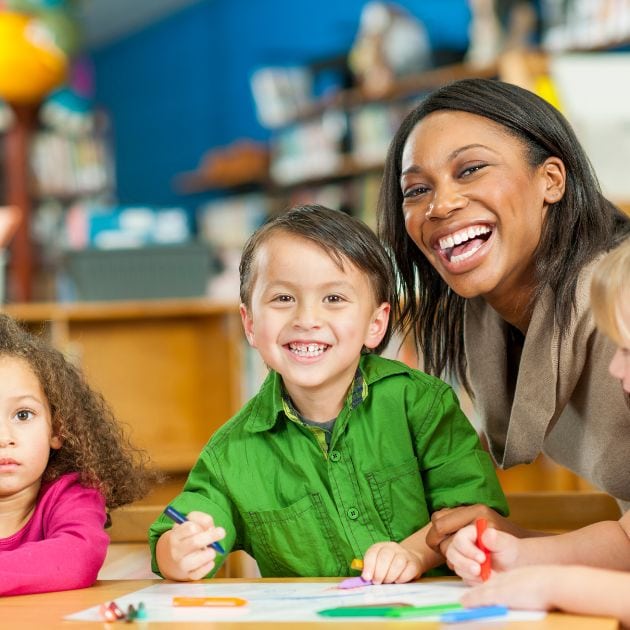
What Features Are Unique to Reggio-Emilia?
Parents and educators living in Reggio Emilia, Italy first developed the Reggio Emilia method of learning during the economic recovery following WWII.
The method is so unique to its geography that Reggio cannot be faithfully replicated anywhere else. Instead, modern schools following Reggio Emilia classify themselves as Reggio-inspired.
Early childhood education philosophers like John Dewey heavily influenced Reggio Emilia, resulting in a curriculum full of hands-on learning within a community-focused culture.
Reggio instructors, called atelierista, place the child at the center of their own learning “story.” With plenty of training, atelierista uses written, verbal, and visual documentation to make a child’s learning process apparent to the child.
If, like me, you find this a bit challenging to visualize, check out these documentation examples from an actual Reggio-inspired classroom!
The role of parents and community in Reggio Emilia is essential. Reggio emphasizes a child’s sense of place in the world (in their family, their community, their city, and even globally) as central to their understanding of themselves.
Is Reggio-Emilia A Good Fit For Your Child?
Reggio-inspired preschools offer only open-ended activities. Artistic expression, creativity, and self-development take priority over anything resembling academic work. For this reason, I consider Reggio Emilia the most progressive of the three educational philosophies discussed.
This philosophy of education might fall outside the comfort zone for parents concerned about a lack of formal curriculum or academic kindergarten readiness.
Highly social kids, budding artists, and children who naturally lean toward group work thrive in Reggio Emilia programs. Fully mixed age groups offer unique peer collaboration experiences for younger and older children.
Finally, unless you’re in a major city, locating a Reggio-inspired school requires some research. While some elementary, middle, and high schools borrow ideas from Reggio, you’re also not likely to find the Reggio-Emilia philosophy applied outside of preschool or kindergarten.
So… Will It Be Montessori, Waldorf, Or Reggio Emilia? Maybe Something Else Entirely?
Phew! We just covered loads of new concepts, ideas, and information to factor into your search for preschools or schools for your little one.
Perhaps you’re sold on progressive schools and ready to take the leap? Or maybe a traditional school environment feels more like your child’s speed? At Undefining Motherhood, we’re always pro what works for you and your kiddos!
Keep in mind what a school looks like on its website and how they function in real life sometimes differ, so don’t skimp on a full tour of your child’s school before going through the admissions process. The school AND the family gotta vibe!
Wherever your search leads you, we hope you find a nurturing environment for your child that also meets the needs of you and your family. You got this!
Montessori, Waldorf, and Reggio-Emilia each offer a unique approach to child-focused learning. Which educational philosophy speaks to you?

